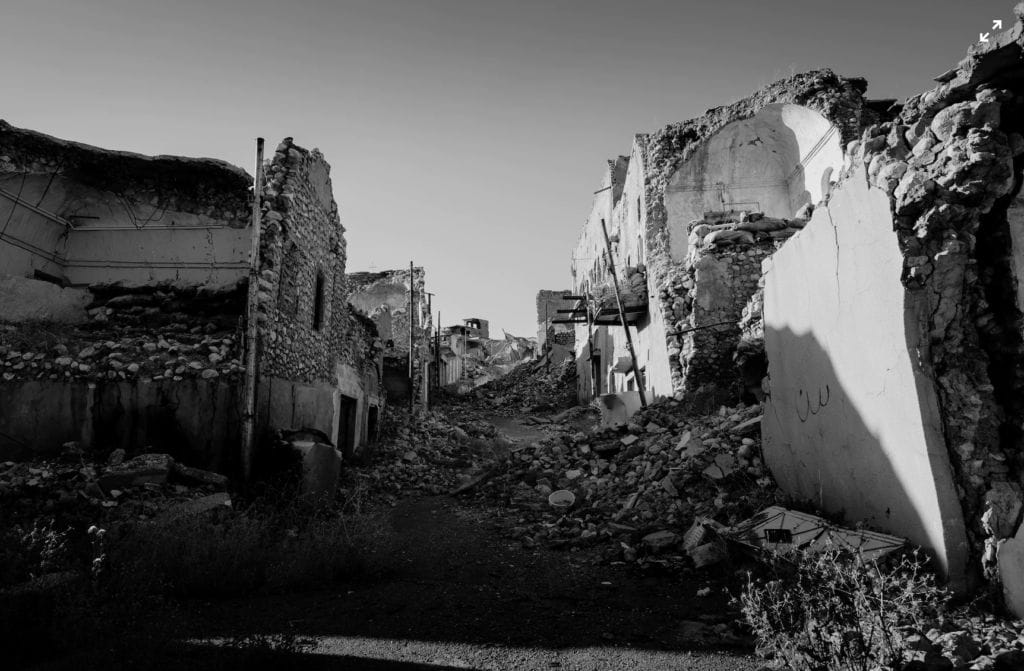The following is an excerpt from Foreign Policy Research Institute – fpri.org
“Trends in Terrorism: What’s on the Horizon in 2023?” – written by Colin P. Clarke
The most defining feature of international terrorism in 2023 will be its diversity, reflected by the broad array of ideologies and grievances motivating plots and attacks.
The Islamic State, the most significant terrorist threat since the global counterterrorism campaign to dismantle al-Qaeda in the immediate years following 9/11, has been attenuated in Iraq and Syria, losing two of its emirs in 2022.
Outside of the Levant, Islamic State branches and affiliates remain potent, especially in the Sahel region of Africa and in South Asia, where the Islamic State Khorasan Province is waging a stubborn insurgency against the Taliban.
Without continued US and allied pressure, it is likely that Islamic State, al-Qaeda, and their respective branches and franchise groups could successfully rebuild their networks in the Middle East and beyond.
And while the United States and its coalition partners have done an impressive job at destroying the physical caliphate in the Middle East, sub-Saharan Africa is now the center of gravity for jihadist terrorism.
According to the Global Terrorism Index, the Sahel has become “increasingly more violent over the past 15 years, with deaths rising by over one thousand percent between 2007 and 2021.”
On the other side of the continent, al-Shabaab is still a pernicious threat and could be looking to expand operations beyond Somalia and the immediate region, setting sights on more global ambitions.
Two al-Shabaab militants have been arrested in the Philippines over the past several years, both charged with attempting to plan “9/11-style” attacks using airplanes.
If an African jihadist group sees an opportunity to gain momentum, and with it money and recruits, it could make attacking Western targets a higher priority.
As terrorism experts Bruce Hoffman and Jacob Ware recently suggested, in a post-Zawahiri era, al-Qaeda is likely to refocus on targeting embassies and consulates, tourist destinations, and commercial aviation.
One of the recent trends to garner attention is the concept of ‘post-organizational violent extremism and terrorism’ (POVET), a concept Bruce Hoffman and I referenced in a July 2020 piece on domestic terrorism in the United States, where we highlighted “the growing irrelevance or organizational structure.” This trend has continued.
In May 2022, a racially motivated terrorist attack by Payton Gendron at a grocery store in a predominantly African-American section of Buffalo, NY left ten dead. Gendron had been influenced, at least in part, by the Great Replacement theory. He also copied and pasted entire sections of the manifesto published by Brenton Tarrant, the white supremacist responsible for the Christchurch massacre in 2019.
While both of these individuals, as well as those responsible for attacks in El Paso, TX and Pittsburgh, PA may be classified as lone actors, they emerged from a broader far-right ecosystem.
In discussions with national security officials in the United States, the number one concern I hear is the potential for another Oklahoma City-style domestic terrorism attack from an anti-government extremist in the mold of Timothy McVeigh.
Post-organizational terrorism presents new threats for law enforcement and intelligence agencies. With no actual group there is no physical headquarters to surveil and no organization to infiltrate.
However, post-organizational terrorists also lack the logistics and support networks of terrorist groups, and accordingly, are more limited in the amount of damage they can inflict.
These networks are less able to marshal resources and are incapable of conducting prolonged sieges of enduring campaigns of violence.
Still, since the goal of terrorism is largely psychological, even a lone actor with access to sophisticated weaponry can wreak havoc on a mass scale. In the United States, where individuals have access to automatic weapons, the threat is magnified exponentially.
Emerging technologies present terrorists and violent extremists with myriad options that terrorists in the past never had. Drones, 3-D printed weapons, virtual currencies, and end-to-end encryption offer lone actors sophisticated capabilities.
A trend likely to continue is the online manifesto which often accompanies a high-profile far-right attack. These manifestos not only serve to radicalize would-be extremists, but also provide exquisitely detailed descriptions of attack preparation, weapons maintenance, and the aesthetics of the accelerationist ideology more broadly.
So just as the global jihadist threat continues to evolve—ebbing and flowing in different regions—the far-right continues to solidify its transnational connections.
The US troop withdrawal from Afghanistan and the Taliban’s subsequent takeover in August 2021 could be framed as the logical bookend to the two-decade-long Global War on Terrorism.
Of course, the United States and its allies will continue to carry out counterterrorism operations throughout the globe. But no longer will counterterrorism serve as a unifying mission set, nor as a placeholder for a broader grand strategy.
For terrorism and counterterrorism analysts, 2023 will be among the most unpredictable years in recent memory.
Part of this is due to the fragmented nature of the threat, but also as a result of a yearslong relentless Western counterterrorism strategy that targeted Islamic State command-and-control and revoked the territory the group had once dubbed its Caliphate.
The threat landscape may now appear far more inchoate, which makes it difficult to combat, but it may also be less potent as a result.
Read full analysis here.



